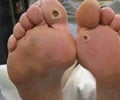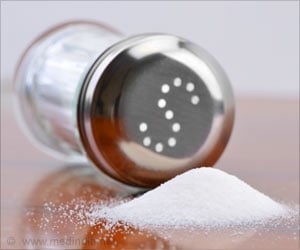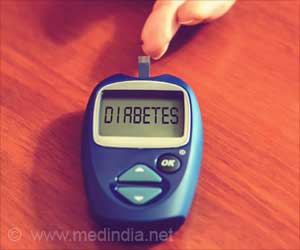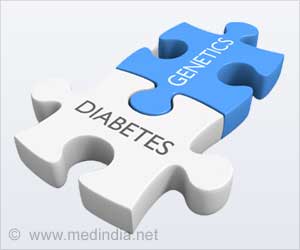Recent research in diabetes throws light on a molecule called PGC-1alpha that could explain why patients with diabetes are prone to risk of microvascular complications.
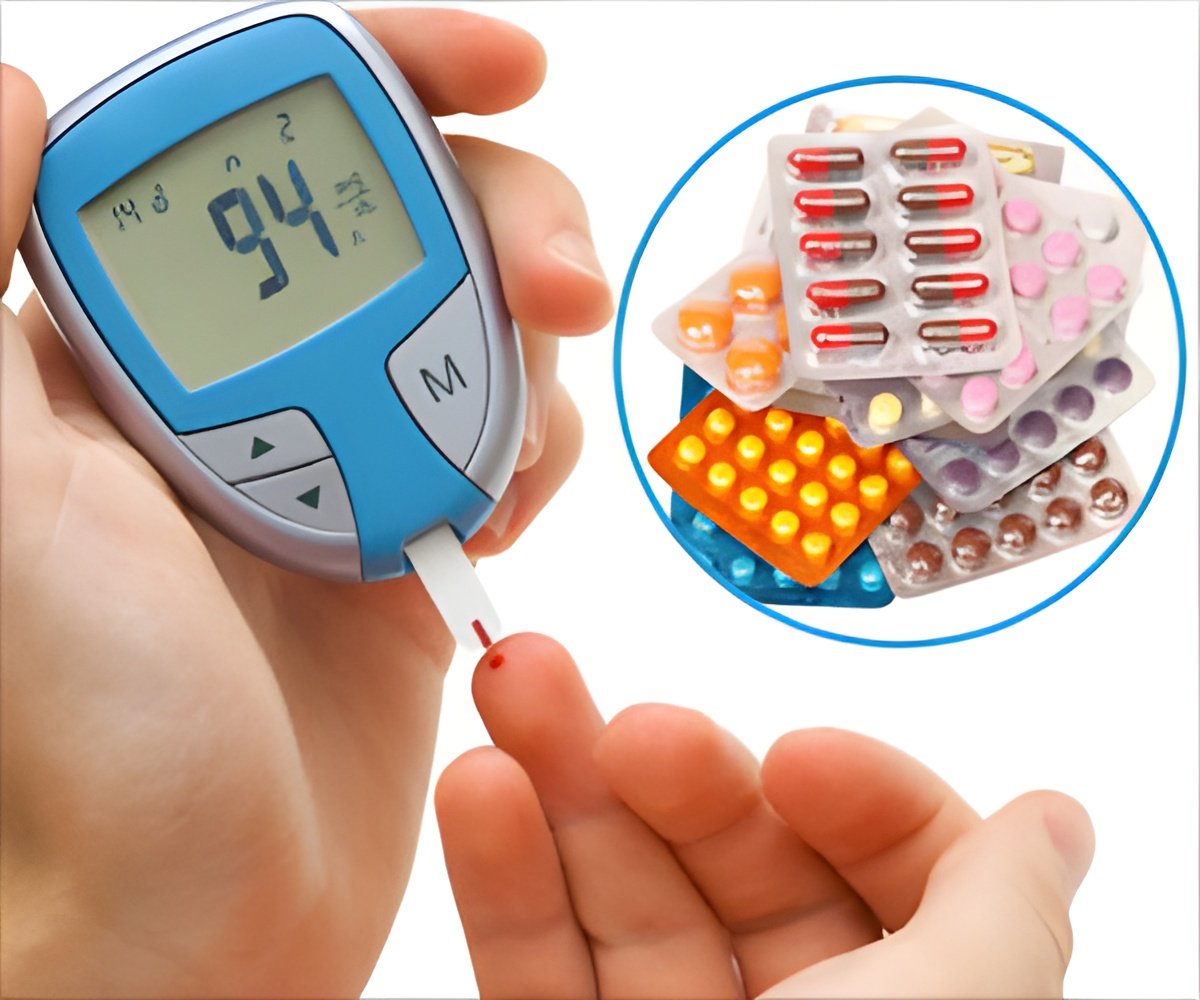
Reported on-line today in the journal Cell Metabolism, the new findings not only help explain the molecular mechanisms underlying microvascular disease in diabetes patients, they also suggest that because PGC-1alpha has opposing effects in different cell types, its role as a potential new therapeutic target should be pursued with caution.
"Diabetes is the number one cause of amputations in the U.S.," explains senior author Zoltan Arany, MD, PhD, an investigator in BIDMC's CardioVascular Institute and Associate Professor of Medicine at Harvard Medical School (HMS). "While it's been believed that high levels of glucose were somehow to blame for the inability of chronic ulcers and infections to properly heal in these patients, it wasn't completely understood how this was happening."
With this new research, says Arany, it is apparent that high levels of blood glucose -- the hallmark of diabetes -- induces high levels of the PGC-1 alpha molecule in the endothelial cells lining the blood vessels. This, in turn, prevents endothelial cells from properly functioning, inhibiting blood vessel growth.
Arany's laboratory has studied PGC-1 alpha for more than a decade. Among the molecule's diverse roles, he has discovered that when body parts are jeopardized by poor circulation, PGC-1 alpha senses dangerously low levels of oxygen and nutrients in muscle cells and, in response, spurs the growth of new blood vessels, a process known as angiogenesis.
"In muscle cells, we've found that PGC-1alpha is pro-metabolic, and a critical regulator of angiogenesis," he explains. "But the key cells responsible for carrying out angiogenesis are the endothelial cells that line the blood vessels. We, therefore, decided to investigate the role of endothelial PGC-1 alpha in diabetes."
Advertisement
"These findings were definitely surprising, because the effects of PGC-1 alpha in endothelial cells are the opposite of its effects in muscle cells," notes Arany. "In muscle cells, it's pro-metabolic and will call forth more blood vessels and come to the rescue when an injury or artery blockage leaves normal tissue starved for blood." But, he adds, it's now clear that this molecule behaves quite differently in endothelial cells, preventing blood vessel growth in diabetes patients and preventing wounds from healing.
Advertisement
"PGC-1 alpha is generally considered a 'good' molecule in terms of improving health when it's activated," he adds. "But as these findings show, this isn't the case in the vasculature – activation leads to potentially serious problems. This striking observation stresses the need for caution, for example, when designing drugs aimed at PGC-1 alpha."
Source-Eurekalert

